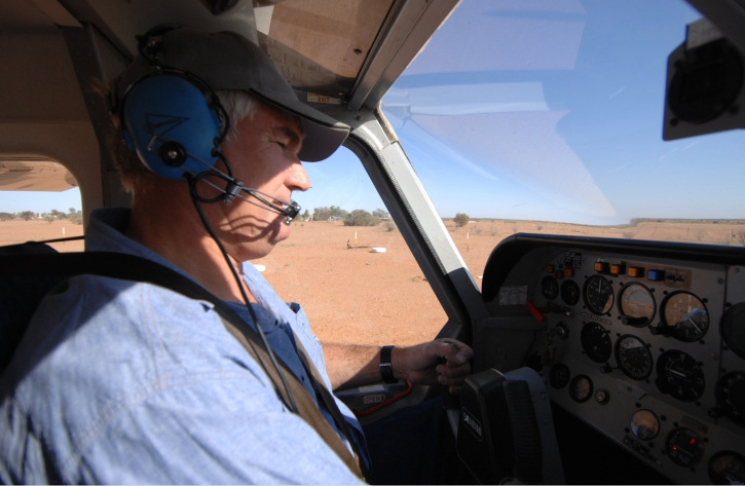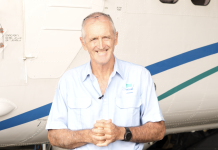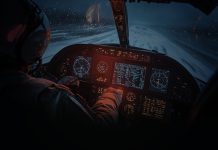Flying in summer brings its own set of challenges. Hot and humid conditions affect both pilots and aircraft. But with preparation, you can manage the risks and enjoy safe and comfortable flights.
Know the density altitude
As air density changes with altitude above mean sea level, so too it changes with temperature. Hot air is less dense than cool air which reduces aircraft performance. Pilots need to know if they can accelerate quickly enough in the take-off roll and climb out fast enough for the conditions.
You can calculate density altitude by correcting the aerodrome elevation for pressure altitude and outside air temperature. In many cases, aeroplane performance charts provide this information. Recreational aircraft and light sport aircraft (LSA) often don’t have these charts, so pilots need to remain aware of reduced performance in warm conditions.
In Australia, pilots often think of density altitude as a problem only at aerodromes of high elevation, such as Mount Hotham or Jindabyne. On hot days, it can also affect aerodromes at lower elevations. You may also need to take off with a leaner air/fuel mixture to better account for the less dense air.
Counter dehydration and fatigue
The human brain is around 80% water, so dehydration affects how you think and react. People need around 2 to 3 litres of water per day to function well, and more when working hard. Aircraft cabins with perspex windows can be very hot. Drinking coffee, tea, energy drinks and sugary drinks can also increase the chances of dehydration.
Here are simple ways to stay hydrated and alert:
- seek shade and air-conditioning where possible. Wear a hat
- drink water regularly. Do not wait until you are thirsty. Carry a water bottle and take regular sips throughout the day. Use cool or iced water if you can. Aim for at least 250 mL of water each hour in shade, much more in heat and full sun
- carry enough water for passengers
- eat hydrating foods like watermelon and cucumber
- wear light-coloured, loose-fitting clothing made from natural or moisture-wicking fabrics. Avoid dark colours and synthetic materials such as 100% polyester, which trap heat
- check your urine. Aim for a light, clear colour. A dark colour means you need more water
- if you sweat a lot, drink an oral rehydration solution or coconut water to replace lost electrolytes
- know how you react to heat and make a plan to manage it
- beware of ‘zoning out’, which is when heat-induced fatigue causes you to mentally disconnect from the task of flying the aircraft
- carry a small esky with an ice brick and hand towels to cool down in flight.
Manage your flight
With some forward thinking and awareness of summer hazards, pilots-in-command can do a lot to make the aircraft environment more tolerable. Try some of these tips:
- many older certified aircraft have lost their sunshades. Aftermarket solutions can cut down reduce glare and heat, but make sure your visual scan is not obscured
- consider a cover for the rear window to keep the cabin cooler. Big perspex windows let in a lot of heat, but no-one looks out the rear window of high-wing aircraft
- minimise time on the ground. Passengers don’t like sitting in a hot cabin while you program the GPS or set the frequency. Keep taxi and holding time to the safe minimum
- use sheepskin covers to keep traditional vinyl or leather seats cooler, and avoid burns when you sit down
- apply sunscreen, but wipe your hands so the controls are not greasy or slippery
- protect batteries such as in iPads from overheating by using a cooling case or shade, and always carry a reliable back-up for visual navigation
- fly higher and earlier if you can. The higher you go, the cooler and more stable is the air. Conditions are less turbulent in the morning than the afternoon.
There is no reason why summer conditions should threaten the safety of a flight. If you understand and manage the impacts, you can enjoy flying in summer as much as any other time of the year.
Resources for weather and forecasting
Weather and forecasting resources are a focus of CASA’s Your safety is in your hands campaign. For more guidance, tools and tips, be sure to visit the pilot safety hub.





